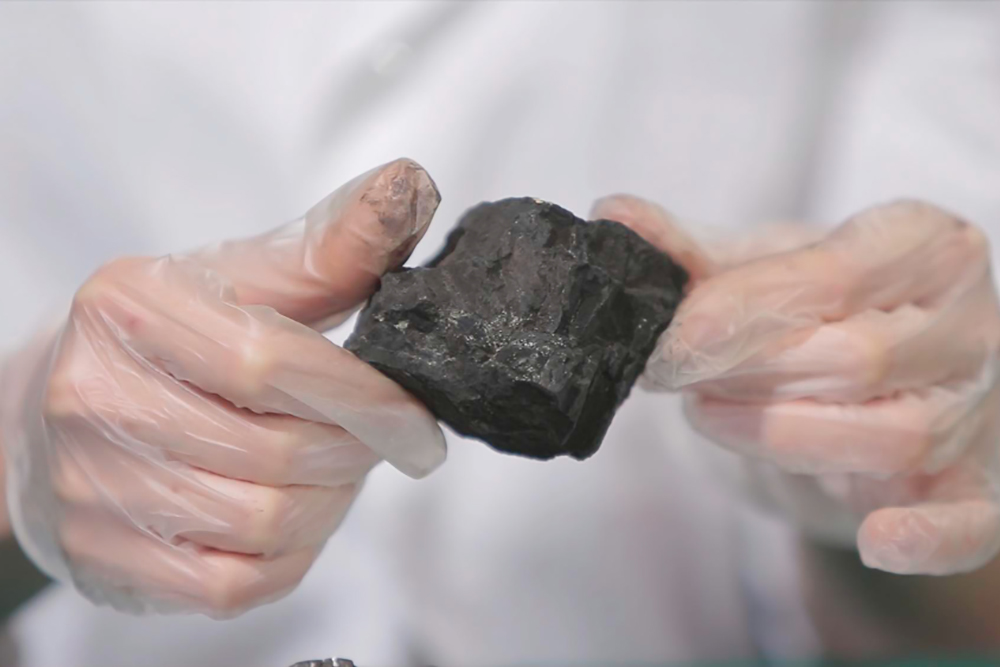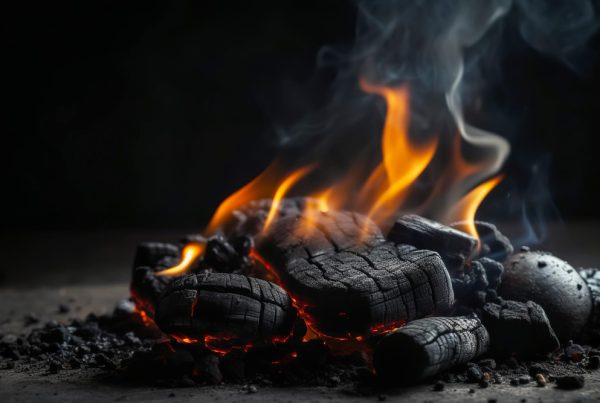Grilling aficionados often extol the virtues of coconut charcoal briquettes for their superior performance and unique qualities. But what exactly sets these briquettes apart from their traditional counterparts, and what science lies behind their composition and burning properties? Delve into the fascinating world of coconut charcoal briquettes to uncover the science behind their exceptional performance.
Composition of Coconut Charcoal Briquettes
At the heart of coconut charcoal briquettes lies a simple yet ingenious composition. These briquettes are typically made from coconut shells, a natural byproduct of the coconut industry. The shells are first carbonized at high temperatures to remove impurities and moisture, leaving behind pure carbon. This carbon-rich material is then ground into a fine powder and mixed with a binder, such as starch or molasses, to form briquettes of uniform shape and size.
Unlike traditional charcoal, which may contain additives or fillers, coconut charcoal briquettes are prized for their purity and simplicity. The absence of extraneous substances ensures a clean burn and enhances the briquettes’ natural properties.
Burning Properties of Coconut Charcoal Briquettes
One of the key factors driving the popularity of coconut charcoal briquettes is their exceptional burning properties. When ignited, these briquettes produce a steady, consistent heat that is ideal for grilling and smoking applications. This reliability stems from the high carbon content of coconut charcoal, which results in a dense and long-lasting fuel source.
Moreover, coconut charcoal briquettes burn cleaner and produce less smoke compared to traditional charcoal. This is due to the absence of volatile compounds and impurities in the briquettes, resulting in a more efficient combustion process. The cleaner burn not only enhances the flavor of grilled food but also reduces air pollution and minimizes environmental impact.
The Science of Heat Transfer
Another fascinating aspect of coconut charcoal briquettes is their efficiency in heat transfer. The dense composition of these briquettes ensures even distribution of heat, allowing for uniform cooking and consistent results. This is achieved through a combination of factors, including the compact structure of the briquettes and the high carbon content, which facilitates efficient heat transfer during combustion.
Furthermore, the low ash content of coconut charcoal briquettes contributes to their superior heat retention properties. Unlike traditional charcoal, which may produce excessive ash that can smother the fire, coconut charcoal briquettes generate minimal ash residue, allowing for uninterrupted grilling sessions.
Conclusion
In conclusion, the science behind coconut charcoal briquettes reveals a fascinating interplay of composition, burning properties, and heat transfer mechanisms. From their natural origins as coconut shell byproducts to their efficient combustion and clean burn, these briquettes embody the principles of simplicity, purity, and performance.
By understanding the science behind coconut charcoal briquettes, grillmasters can better appreciate the unique qualities of this alternative fuel source and harness its potential for superior grilling experiences. Whether grilling burgers, smoking ribs, or searing vegetables, coconut charcoal briquettes offer a reliable and environmentally friendly solution for outdoor cooking enthusiasts everywhere.





